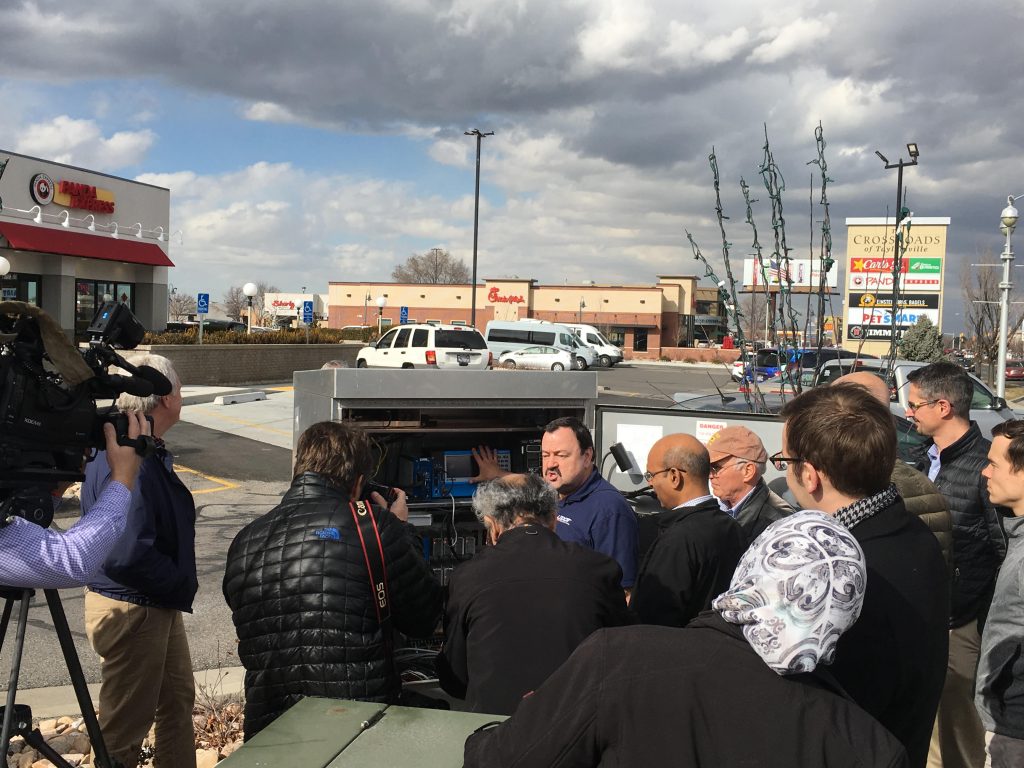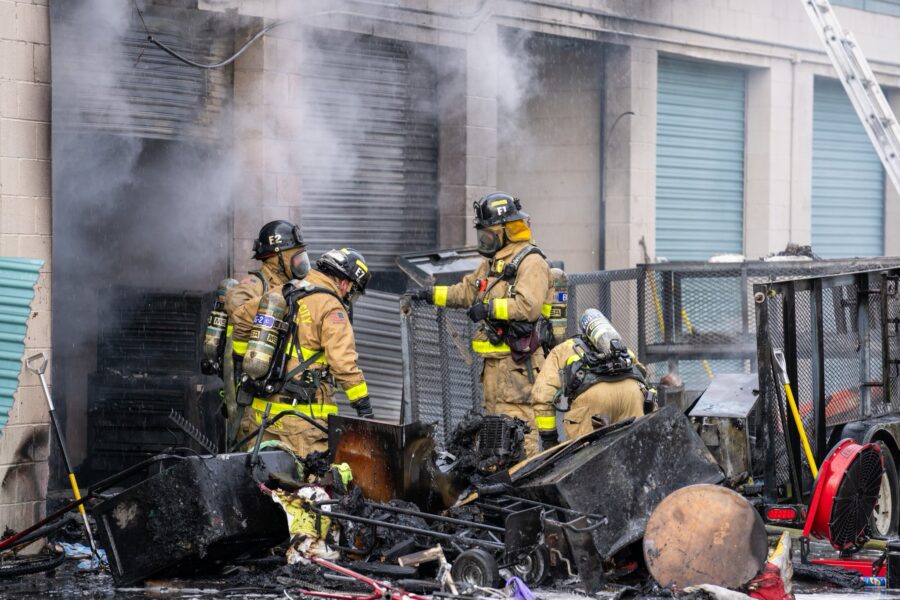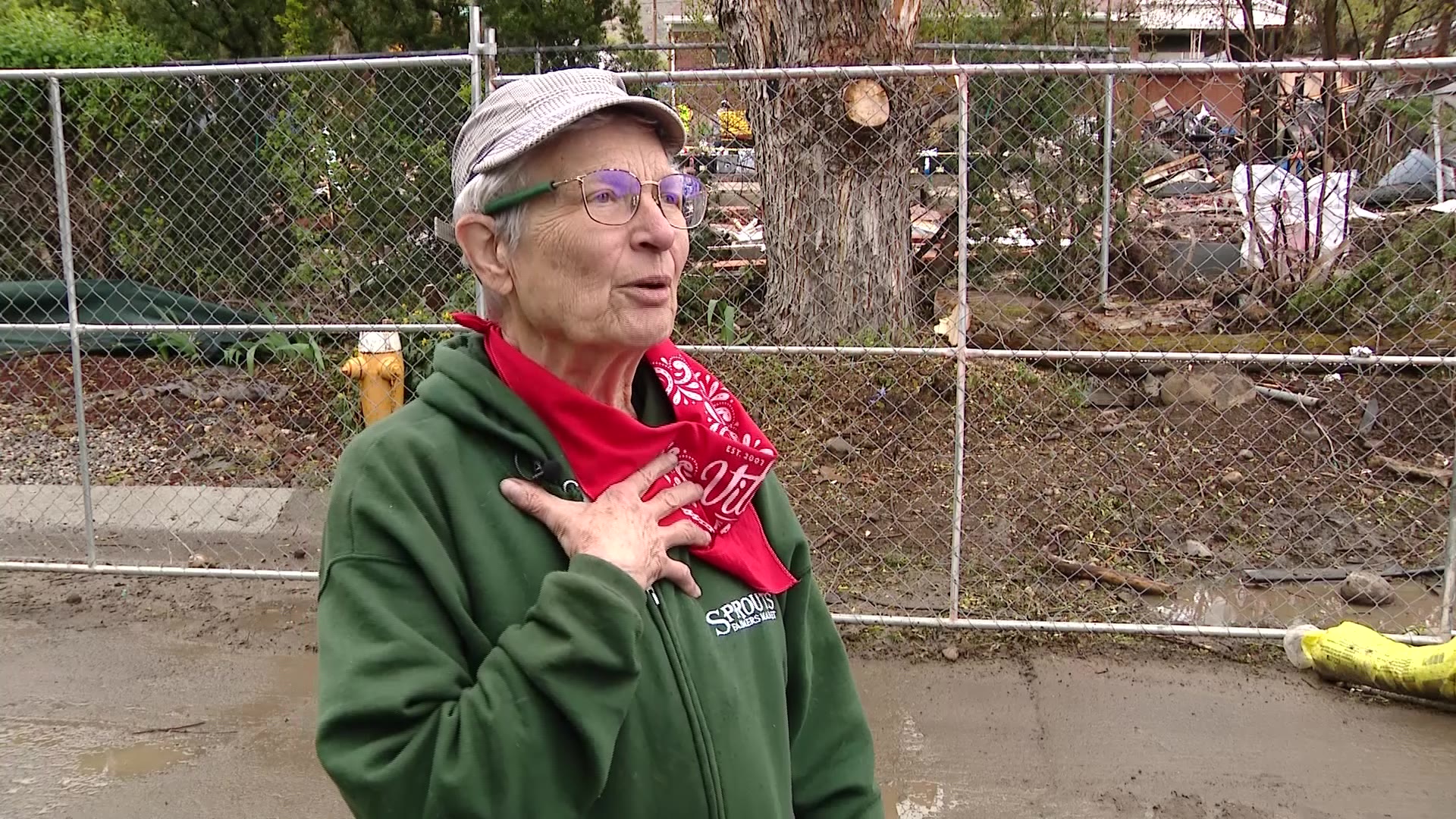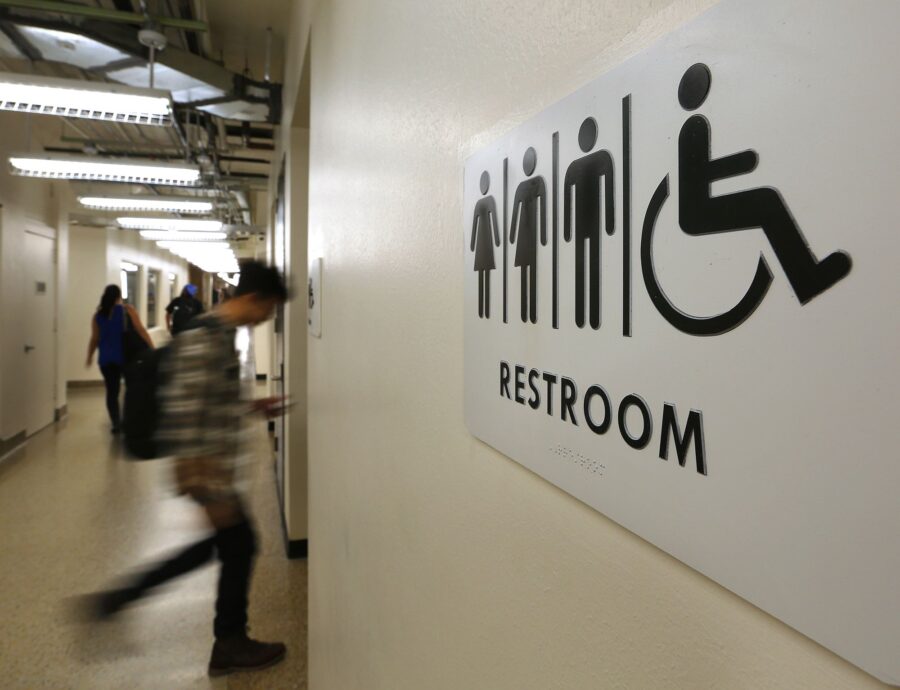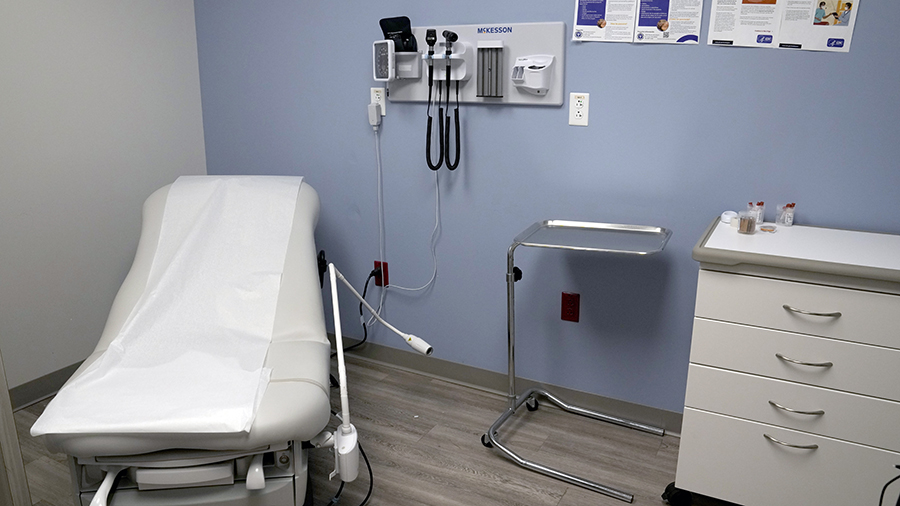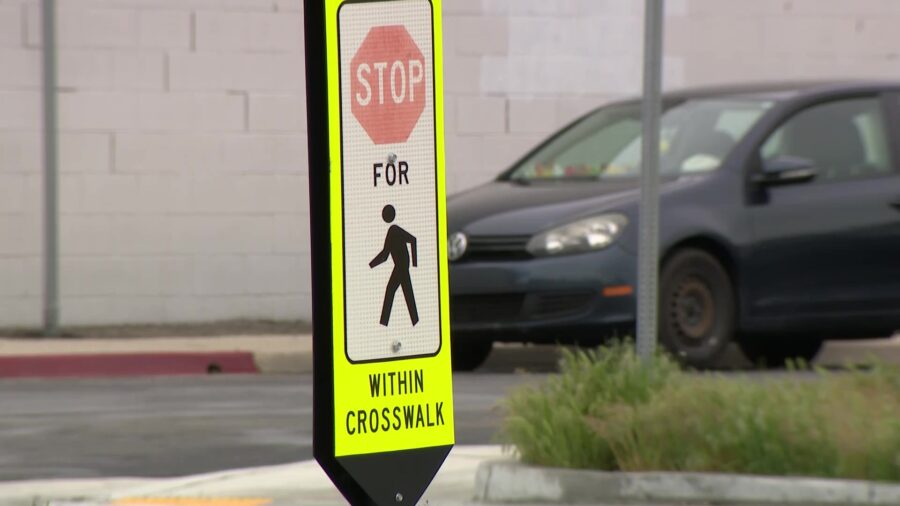Utah transportation officials hope new technology can prevent crashes
Feb 14, 2018, 9:11 PM | Updated: 11:41 pm
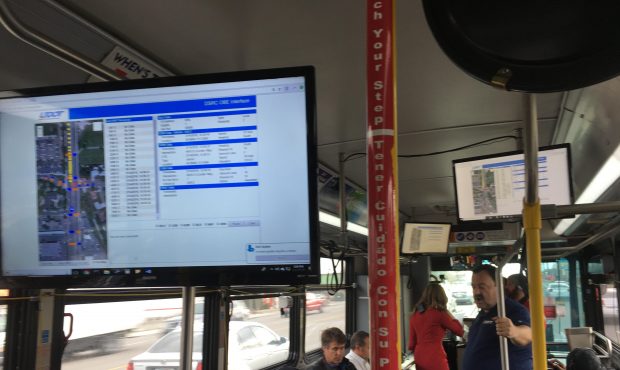
SALT LAKE CITY – While talk of driverless cars and how they’ll change the lives of motorist continues, important building blocks of tomorrow’s transportation are already in play on Redwood Road.
Currently, UTA buses rolling on an 11 mile stretch of Redwood Road, from 400 South to 8100 South, communicate electronically with the traffic signals to improve their mobility and efficiency.
“The bus and the traffic signal talk to each other,” said Blaine Leonard, technology and innovation engineer for the Utah Department of Transportation.
It’s the first stretch of road in the nation which successful operates like this, and UDOT showed it off to visiting transportation officials as part of a workshop. Local engineers are the first to establish this kind of connection between the buses and the traffic signals.
If the buses fall behind schedule, they tell the traffic signals, which give them additional time on green lights to get back on schedule.
“That’s the first step for us in understanding how we send these messages back and forth,” Leonard said.
Once they understand that, they can expand the system to all of our vehicles, and transportation infrastructure. It’s called Connected Autonomous Vehicle (CAV) technology.
“The connected part is the vehicles communicating, or talking with others – talking with other vehicles, talking with the infrastructure, talking with other travelers,” Leonard said.
The innovation engineer describes it as an ecosystem of information flowing between all of parties on the road, sharing vital data.
“Better efficiency, and better safety because one of the end goals here is to provide information to prevent crashes,” Leonard said.
On Wednesday, more than two dozen transportation officials and consultants visiting from out of state took a ride on Redwood Road to see how it works.
“I think it’s really exciting in the way that we are able to actually utilize this for public good,” said Patrick Son, managing director of the National Operations Center of Excellence, based in Washington, D.C. “I mean just in terms of saving people’s lives and preventing crashes it can make a difference.”
Once all of our vehicles talk with each other and the traffic signals, the system should help in avoiding traffic crashes, Leonard said.
“The systems could communicate between the cars and say, ‘Hey wait a minute, you’ve got a green light. But, that guy is going to run the red light. You need to back off,'” said Leonard.
He points out that the system is not that sophisticated yet. But, he said, automobile makers are starting to work on this capability in their vehicles. Policy makers are also starting to get a handle on the decisions that will be necessary to make this work legally, and logistically.
“This is the first step to help us understand how to build the system,” said the engineer.
Long term, improved safety is one of the greatest benefits. Leonard tells me it should take about a decade to get there.
“The goal here is zero fatalities,” he said. “This technology will help us move towards zero fatalities. As humans, we make a lot of mistakes. Most crashes have an element of human error. These technologies will help us get past those mistakes and prevent crashes.”


